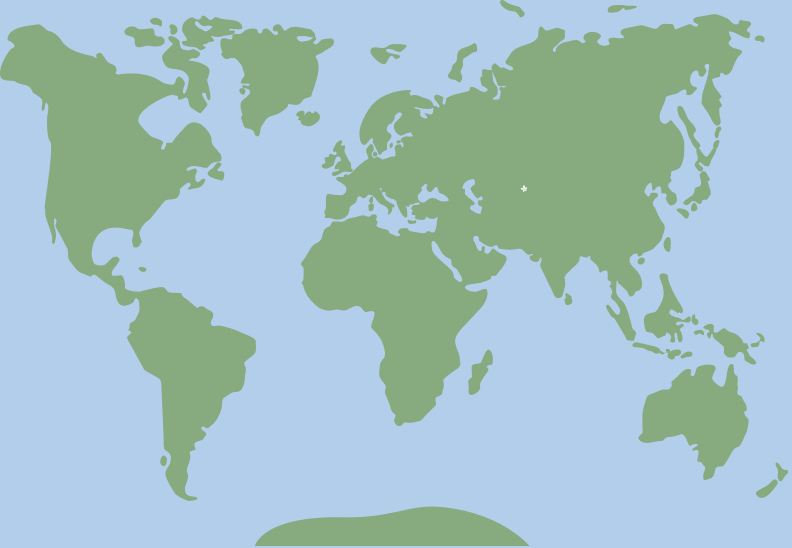Funen, Denmark
Egeskov Castle
This floating castle appears to be from an enchanted fable, but in actuality it is Europe's best preserved Renaissance water castle.
Budapest, Hungary | C.1897
When the three cities of Buda, Óbuda, and Pest were joined to create Budapest in 1873, the new city needed a grand modern enclosed food market. The Great Market Hall opened in 1897 and was declared to be among the most extraordinary and elegant in the whole of Europe. Since then—and despite having been rebuilt twice—the market shines like a beacon, thanks to its unmistakable roof of iridescent multicol- ored tiles made by the famed Zsolnay ceramics fac- tory in Pécs, just a few hours to the south.
 47.487096, 19.058492
47.487096, 19.058492
Max file size is 40MB. JPEGs are preferred.
You do not have permission to view this form.Need an account? Sign up
This site is protected by reCAPTCHA and the Google Privacy Policy and Terms of Service apply.
Know more? Share with the community!
Submit Your ImageLogin/Sign Up.